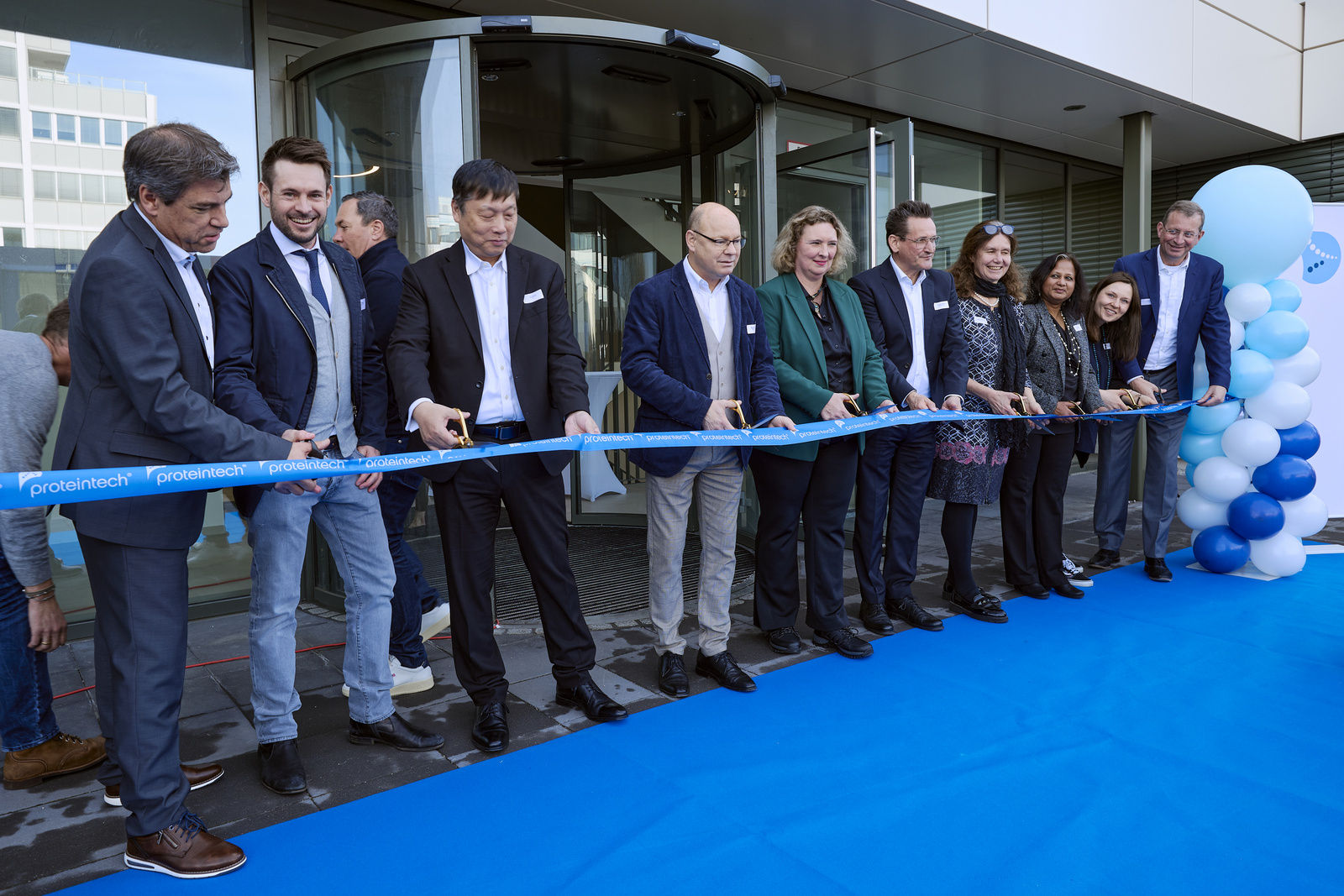- Startseite -
- Digital Bavaria -
- Blog #bytevaria - Top-class research into humans – The Helmholtz Association
Top-class research into humans – The Helmholtz Association
With its 18 natural sciences-technical and biological-medical centres throughout Germany, the Helmholtz Association represents top-class research into the basis of life and the future of humans. Branches of the Helmholtz Association in Bavaria include the German Research Center for Environmental Health in Munich and the German Aerospace Center (DLR) in Oberpfaffenhofen.
The Munich-based German Research Center for Environmental Health conducts research into health and the environment. The nine sites in Bavaria and one in Baden-Württemberg (3x Munich, Neuherberg, Garching, Gauting, Neuperlach, Scheyern, Augsburg and Tübingen) employ around 2,250 people across 40 institutes and departments.
Research focus: How common diseases arise
At these sites in Bavaria, the Helmholtz scientists conduct research into how environmental factors impact on health – a field known as environmental health. The most important questions here are: How do environmental conditions affect our health? What role do personal risk factors play? Or put more generally: How do illnesses come about? The excellent fundamental research conducted at the German Research Center for Environmental Health in Munich provides the basis for finding answers to these questions. The goal is always to link the answers to a practical application. This work is giving rise to ideas and methods that shape the medicine of tomorrow.
One of the scientific focuses, for example, is on research into diabetes mellitus, which affects more than seven million people in Germany. The Helmholtz Center's research spectrum also includes analysis of other complex illnesses, such as allergies, pulmonary diseases and dementia, as well as the development of new technologies for biomedical discoveries.
Funding and innovation management in life sciences
Alongside the scientific benefits of the research results, the German Research Center for Environmental Health also supports their potential commercial exploitation. The Center offers excellent funding options and professional innovation management in this field. In doing so, the German Research Center for Environmental Health not only provides support in the form of special programmes and courses to prepare businesses for going it alone – companies also often take advantage of the Center's large-scale research infrastructure for their product development.
As a strong partner, the German Research Center for Environmental Health not only makes a vital contribution to the development of Bavaria as a science location through its constant knowledge transfer, but is also the engine behind the creation of highly-professional jobs in life sciences.
Knowledge for tomorrow – DLR drives forward developments in aerospace
The German Aerospace Center approaches research from a slightly different perspective. The DLR conducts research into the Earth and the solar system at its 32 institutes in 16 locations. In doing so, it not only carries out development work in the field of aerospace, but also unlocks essential knowledge for preserving our environment. This vital specialist knowledge guarantees effective fundamental research and development in the field of environmentally-friendly technologies for energy supply, mobility, security and communication.
At the Bavarian site in Oberpfaffenhofen, for example, around 1,700 DLR staff are working on the involvement in space missions, climate research and development for earth observation, the enhancement of navigation systems and the further development of robot technology.
In addition, the DLR has set itself the goal of implementing its knowledge and technology potential for the benefit of companies, creating an institution for technology marketing and transfer in Oberpfaffenhofen in 1995, in cooperation with the Bavarian Ministry for Economic Affairs. The facility is now able to access a large network that allows it to establish the necessary contacts between research institutions, industries and ministries as needed. This means that innovative ideas can be put into practice much more quickly and with a shorter market entry phase.
Sustainable and fit for the future – Research institutions in Bavaria
Alongside the DLR and the German Research Center for Environmental Health, the Helmholtz Association is also represented in the state by the associated Max Planck Institute for Plasma Physics in Munich and the Helmholtz Institute Erlangen-Nürnberg for Renewable Energy Production.
Bavaria is also home to equally renowned research and scientific institutions such as the Max Planck Society, the Fraunhofer-Gesellschaft and the Leibniz Association. The Bavarian technology clusters also support businesspeople in driving forward innovation and implementing it in the form of marketable products. This broad-based research infrastructure makes Bavaria not only one of Europe's top science locations, but also particularly attractive for companies who can benefit from the broad-based research infrastructure and excellent conditions.
Do you want to know more about how you could benefit from sustainable research? Ask us about it!

Chicago/Planegg-Martinsried: the US-based Proteintech Group triples the size of its site in Bavaria – with a key focus on research & development, production and logistics

How Companies are Mastering Today’s Challenges with Resilience

